Introduction
Fish balls, a beloved culinary delight enjoyed across Asia and beyond, are prized for their tender texture, mild flavor, and versatility in dishes like soups, stews, and stir-fries. Whether homemade or store-bought, preserving fish balls properly is essential to maintain their quality, extend their shelf life, and prevent food waste. This comprehensive guide explores science-backed methods, from refrigeration to advanced techniques like fermentation, ensuring your fish balls remain safe, delicious, and ready to elevate any meal.
Why Proper Preservation Matters
Fish balls are perishable due to their high moisture content and protein-rich composition, making them susceptible to bacterial growth and spoilage. Improper storage can lead to off-flavors, texture breakdown, and health risks. By mastering preservation techniques, you can:
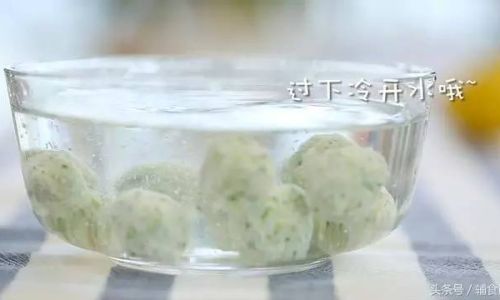
- Reduce food waste: Enjoy fish balls beyond their typical freshness window.
- Save time and money: Stock up during sales or prepare batches in advance.
- Maintain quality: Retain flavor, texture, and nutritional value.
Refrigeration: The Short-Term Solution
Refrigeration slows bacterial growth but doesn’t halt it, making this method ideal for fish balls you’ll consume within a few days.
Steps for Refrigeration:
- Cool completely: Allow freshly cooked fish balls to reach room temperature (no longer than 2 hours) to prevent condensation.
- Pack airtight: Use sealed containers or resealable bags, removing excess air to prevent dryness.
- Store in the coldest area: Place containers on the bottom shelf, away from the door to avoid temperature fluctuations.
Shelf Life: 3–5 days.
Pro Tip: Layer fish balls with parchment paper to prevent sticking. For uncooked fish balls, cook them within 2 days to avoid myoglobin oxidation (grayish discoloration).
Freezing: The Gold Standard for Longevity
Freezing halts microbial activity, preserving fish balls for months. Proper technique minimizes freezer burn and texture damage.
Steps for Freezing:
- Pre-freeze individually: Spread fish balls on a baking sheet lined with parchment paper. Freeze for 2 hours until firm.
- Portion into bags: Transfer to freezer-safe bags, labeling with the date. Remove excess air using the water displacement method.
- Store at 0°F (-18°C): Use within 3 months for optimal quality.
Thawing Safely:
- Refrigerator thawing: Slow and safe; overnight for best results.
- Cold water bath: Submerge sealed bags in cold water, changing every 30 minutes (use within 2 hours).
- Avoid microwave thawing: Can partially cook edges, altering texture.
Shelf Life: 3–6 months (quality declines gradually due to ice crystal formation).
Pro Tip: For homemade fish balls, add 1–2% by weight of cold water fish gelatin to improve freeze-thaw stability.
Canning: Shelf-Stable Preservation
Pressure canning sterilizes fish balls at high temperatures, creating a vacuum seal. Note: This method alters texture, making it best for use in cooked dishes.
Steps for Canning:
- Prepare jars: Sterilize jars and lids in boiling water.
- Pack fish balls: Fill hot jars, leaving 1-inch headspace. Add 1 tsp salt per quart for flavor and preservation.
- Process in a pressure canner:
- Pints: 75 minutes at 11 PSI (adjust for altitude).
- Quarts: 90 minutes.
Safety Notes:
- Use a tested recipe to prevent botulism risk.
- Discard bulging or leaking jars immediately.
Shelf Life: 1–2 years when stored in a cool, dark place.
Drying: Ancient Wisdom Meets Modern Kitchens
Drying removes moisture, inhibiting bacterial growth. Sun-drying is traditional, but ovens and dehydrators offer consistency.
Methods:
- Sun-drying: Ideal in arid climates. Spread fish balls on trays, cover with cheesecloth, and dry for 3–5 days.
- Oven drying: Set to 150°F (65°C). Use a wooden spoon to prop the door open for airflow. Dry until leathery (6–8 hours).
- Food dehydrator: Set to 145°F (63°C). Check for brittleness after 4–6 hours.
Storage:
- Store dried fish balls in airtight jars with silica gel packets.
- Rehydrate in warm broth for 20–30 minutes before cooking.
Shelf Life: 6–12 months when properly dried and stored.
Smoking: Flavor and Preservation Combined
Smoking imparts smoky complexity while dehydrating and preserving fish balls.
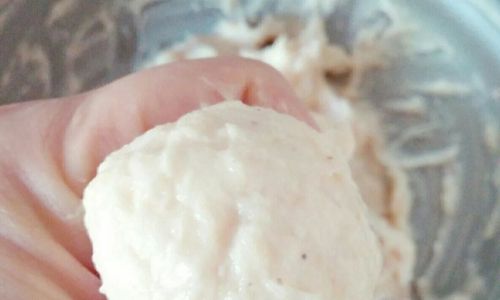
Techniques:
- Hot smoking: Cooks and preserves at 165–185°F (74–85°C) for 2–4 hours.
- Cold smoking: Flavors without cooking (requires prior curing or freezing).
Curing Pre-Smoking:
- Brine fish balls in a 10% salt solution for 2 hours to inhibit bacteria.
Storage:
- Vacuum-seal smoked fish balls and refrigerate for up to 2 weeks or freeze for 6 months.
Shelf Life: 1–2 weeks refrigerated; 6 months frozen.
Vacuum Sealing: The Oxygen-Free Advantage
Vacuum sealing removes air, slowing oxidation and freezer burn. Pair with freezing for extended storage.
Equipment:
- Use chamber vacuum sealers for liquids; edge sealers for dry-packed fish balls.
Pro Tip: Add a small piece of absorbent paper to vacuum bags to soak up excess moisture.
Shelf Life: 6–12 months when frozen.
Chemical Preservation: Natural and Synthetic Additives
For commercial or advanced home use, preservatives like salt, vinegar, or sodium erythorbate can extend shelf life.
Natural Preservatives:
- Salt: Use 2.5% salt by weight for curing.
- Vinegar: Marinate fish balls in 5% acetic acid solution for 30 minutes.
Synthetic Preservatives:
- Sodium nitrite: Limits bacterial growth and maintains pink color (use at 150 ppm).
- EDTA: Binds metals to prevent oxidation (FDA-approved in certain formulations).
Regulatory Compliance: Always follow local food safety guidelines when using additives.
Fermentation: The Probiotic Path
Fermentation with lactic acid bacteria (e.g., Lactobacillus) lowers pH, creating an inhospitable environment for pathogens.
Process:
- Brine preparation: Mix 3% salt solution with 1% sugar.
- Ferment: Submerge fish balls in brine at 70°F (21°C) for 24–48 hours.
- Store: Transfer to the refrigerator and consume within 2 weeks.
Flavor Profile: Tangy, umami-rich fish balls ideal for soups or as a condiment.
General Tips for Preservation Success
- Avoid cross-contamination: Use separate utensils for raw and cooked fish balls.
- Label everything: Include preparation date and method.
- Monitor freezer temperatures: Fluctuations above 0°F (-18°C) accelerate spoilage.
- Test for doneness: Freezer-burnt fish balls appear dull with ice crystals; discard if texture is mealy.
Signs of Spoilage: When to Toss Fish Balls
- Off-odors: Sour, ammonia-like, or fishy smells.
- Texture changes: Sliminess, mushiness, or excessive dryness.
- Discoloration: Gray, green, or moldy patches.
- Unusual bubbles: In canned fish balls (indicates botulism risk).
Reheating Preserved Fish Balls: Techniques for Perfect Results
- Boiling: Simmer frozen fish balls in broth for 5–7 minutes until they float.
- Pan-frying: Thaw first, then cook in oil over medium heat until golden.
- Soup integration: Add frozen fish balls directly to boiling soup; they’ll thaw and cook evenly.
Avoid: Reheating in the microwave without a cover, which can cause uneven cooking and rubbery texture.
Conclusion
Preserving fish balls is both an art and a science, requiring attention to detail and food safety principles. By selecting the right method for your needs—whether it’s the convenience of freezing, the flavor depth of smoking, or the tradition of fermentation—you can enjoy these culinary treasures year-round. Remember to prioritize hygiene, monitor storage conditions, and trust your senses when assessing freshness. With these techniques in your arsenal, you’ll never waste a single fish ball again. Happy preserving!
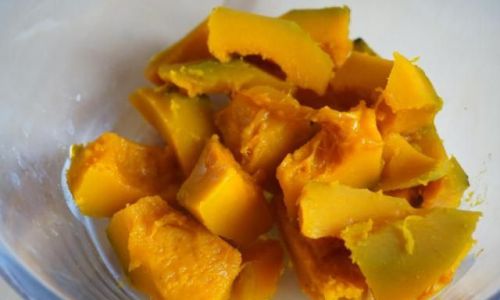
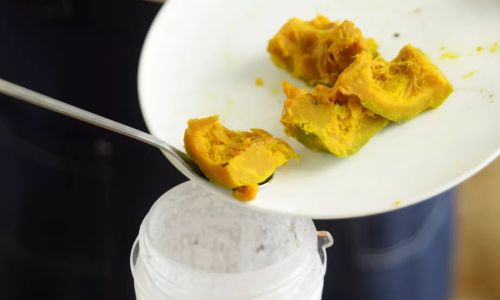
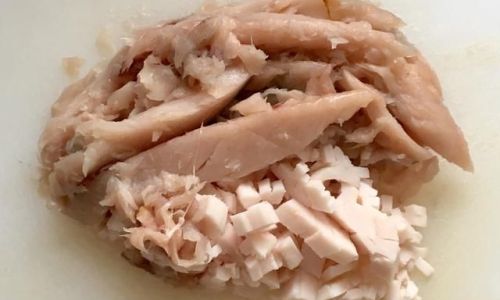

0 comments